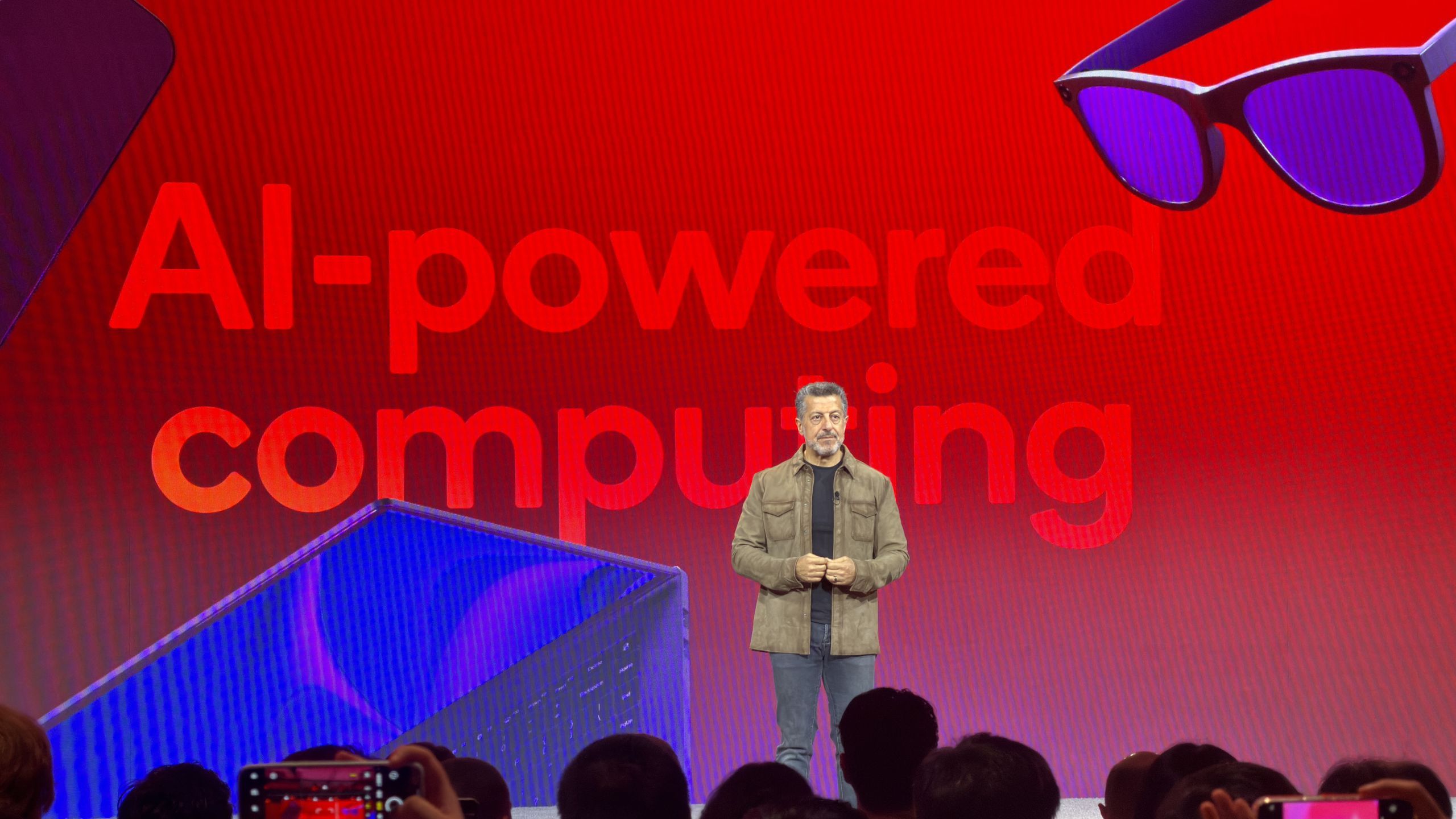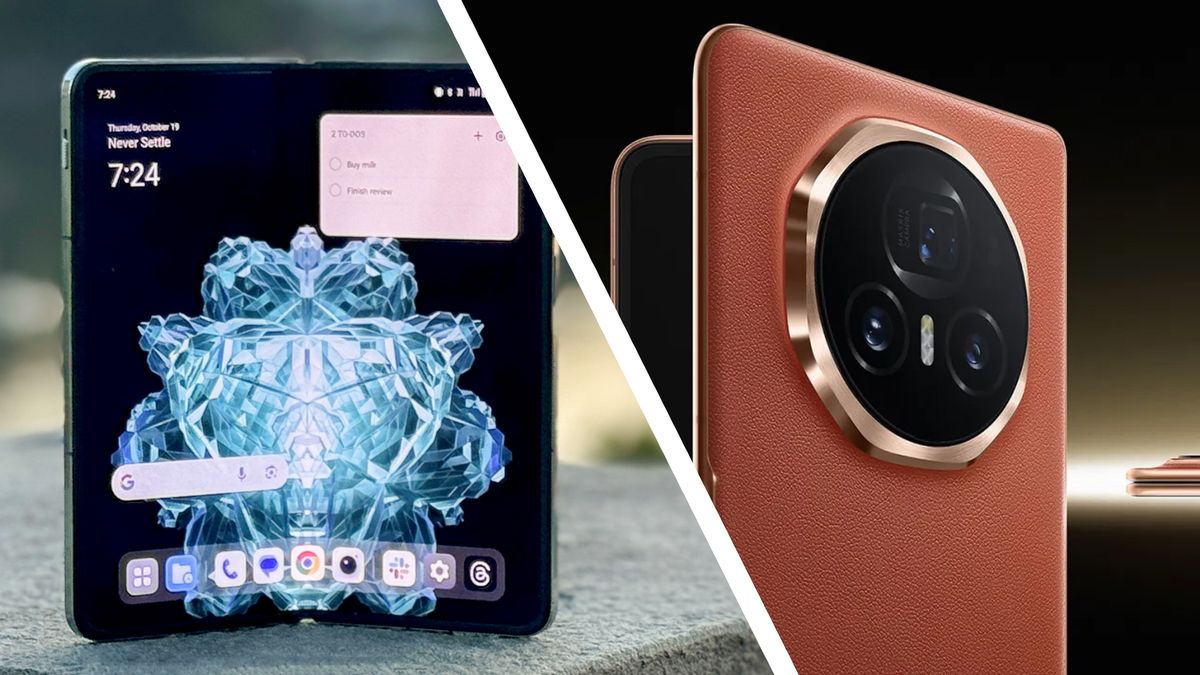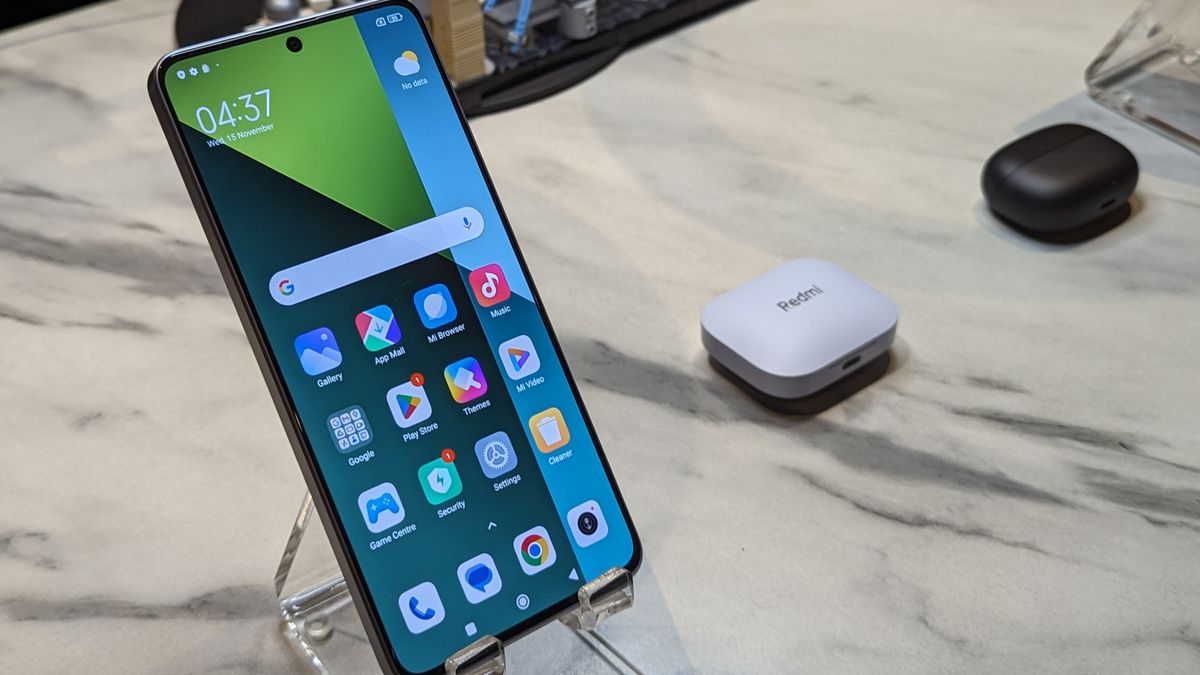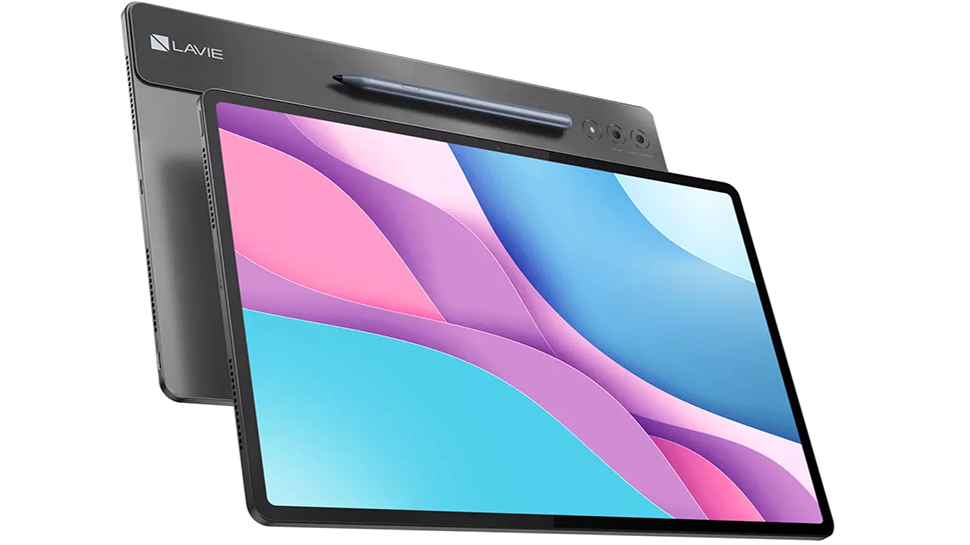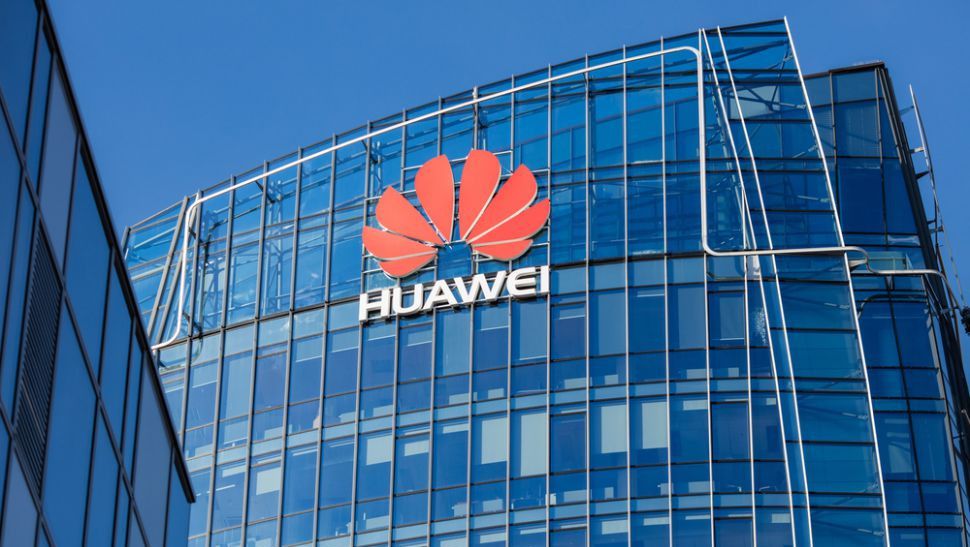- Qualcomm says that 6g devices will appear for the first time in 2028
- Its Snapdragon 8 Elite 5 platform is made to collect large amounts of data
- We know that 6G networks will take so many data, so what will they offer in return?
At the Snapdragon Summit of Qualcomm, among all the news of the processor on the new Snapdragon Elite Snapdragon platforms for smartphones and laptops, I also heard a specific milestone for 6G networks. Qualcomm says that it will be ready for 6G devices by the end of 2028. That will be the beginning of the 6G race, not the finish line, but from the tracks that Qualcomm is going down our 6G future, it is not a race that I am excited to run.
I have been a telephone reviewer through all the great GS, and I remember the promise that each one did, what each generation would give us.
From 2g to 5g, each network generation gave us something new
The first two GS gave us data on our phones: navigate the web, read email, that kind of thing. This is where the first iPhone joined the party, at the end of 2G, just like 3G networks extended.
The 3G networks gave us video on our phones: the Dawn of YouTube. Not transmitting networks as we have today, but video clips or audio with great sound quality. The road was being placed for Netflix and Hulu, but it was full of Mobitv and Samsung milk music first.
With 4G networks, we have live video broadcast. YouTube, Snapchat and older services such as Vine and Periscope were born after 4G networks.
You could even convey. For the first time, anyone could become a station using only one smartphone. Frankly, the idea seemed so extravagant that it was ignored for years. Your phone has been able to convey a live YouTube channel for much longer than you think.
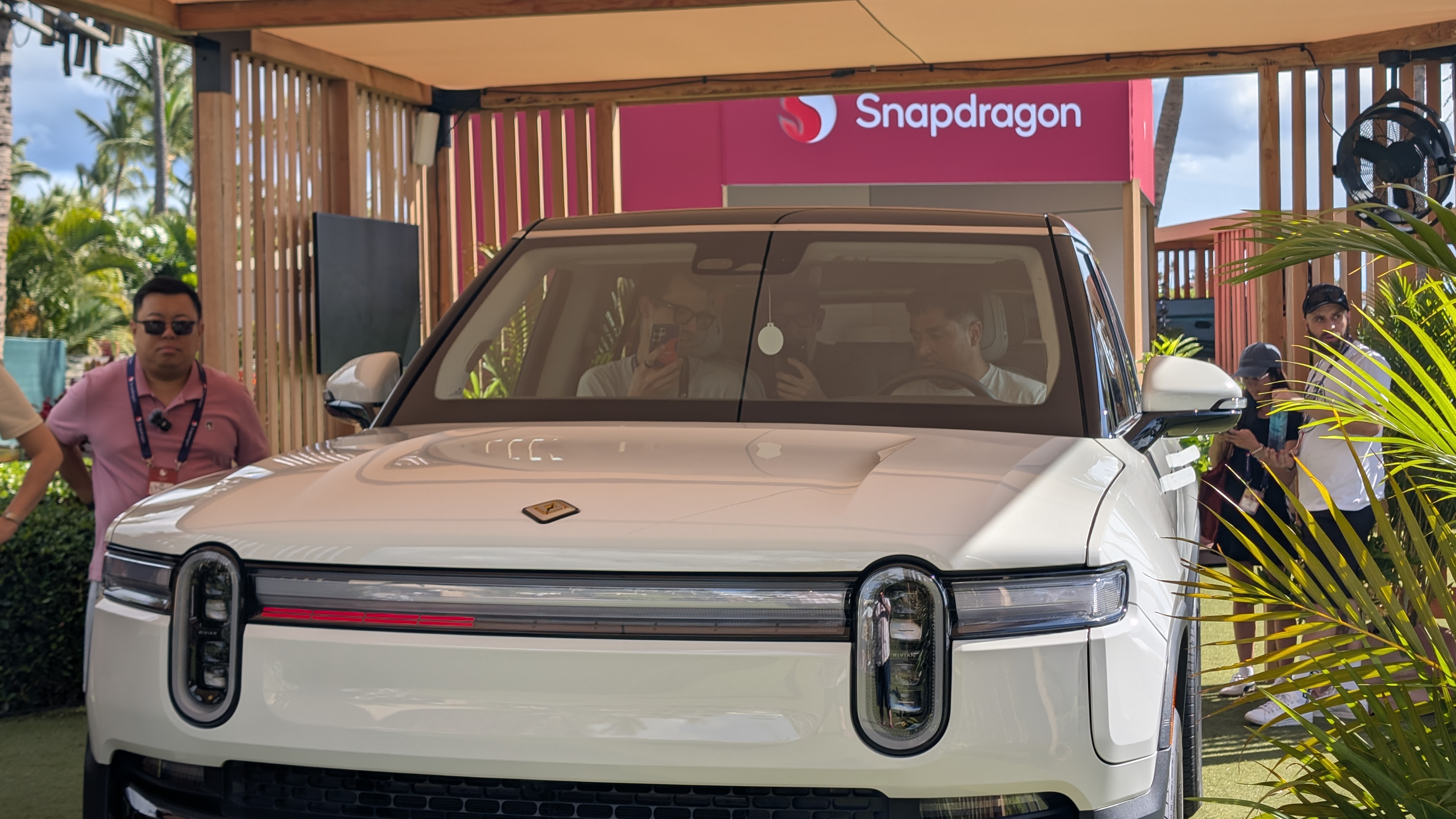
5G networks gave us the internet of things. Everything is connected. Not only your lights and thermostat, but also your car and why not? – Your teapot. These 5G networks are not just faster; They also handle much more traffic. I am not seeing significantly faster speeds in 5G networks, but the networks are much more reliable, and the networks are more consistent.
I think 5G is where things began to be sought. My car is always connected to the Internet, and I used to expect a connected car to talk to other cars by safety features or with road signs for better navigation. Instead, I receive emails that tell me that I left my unlocked doors, or an alert that someone ran into my mirror with accompanying video clips.
Qualcomm says that 6g networks will be ready to receive ia data

What is the 6G promise? We have been listening to Qualcomm and other companies that 6G networks will allow characteristics of the as never before, but it was not clear what that meant. I assumed that the phones would talk to more powerful computers through the cloud, but there are more than 6 g to ask questions and get faster answers. The true promise of 6G networks, at least for Qualcomm, is the amount of data that these networks will be collected.
Qualcomm brought me to the Snapdragon summit in Maui to talk about chips such as the Qualcomm Snapdragon 8 Elite Gen 5, which will be the fastest mobile platform you can buy when you are launched on phones this month.
In addition to the fastest driving applications, executing functions of AI in your device and drawing detailed graphics in the games, the Snapdragon 8 Elite Gen 5 is also designed to collect data from your phone sensor more efficiently than ever.
How many data? You will need a larger network
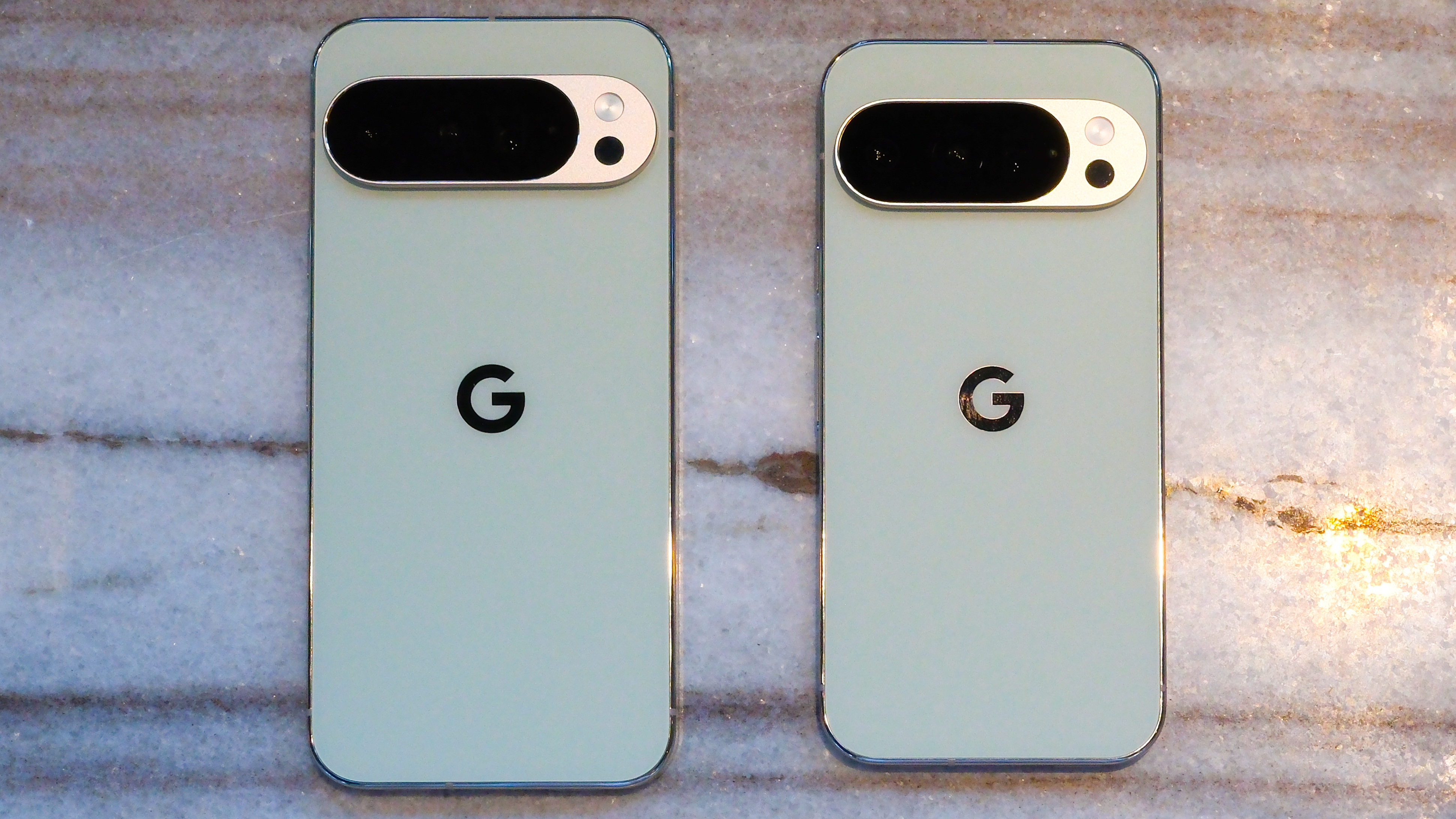
Your phone can listen and record video with microphones and cameras. You can detect your movement and the direction in which you are using the accelerometer and the magnetometer, respectively. With GPS, you can detect your location and speed.
Some phones, such as Pixel 10 Pro, have temperature sensors. The iPhone 17 PRO has an infrared sensor that uses for facial unlock. The Ultra Galaxy S25 has hall magnet sensors to detect when its deck box has been opened or closed.
But wait, there is more! He also has radios on his phone for Wi-Fi, Bluetooth and possibly ultra wide (UWB) for accessories such as Airtags. These radios can detect other networks and devices around them and feed that information to AI. In fact, by measuring changes in the intensity of the signal signal, your phone can detect your location or location of others in the room with you, depending on how much interference your bodies cause.
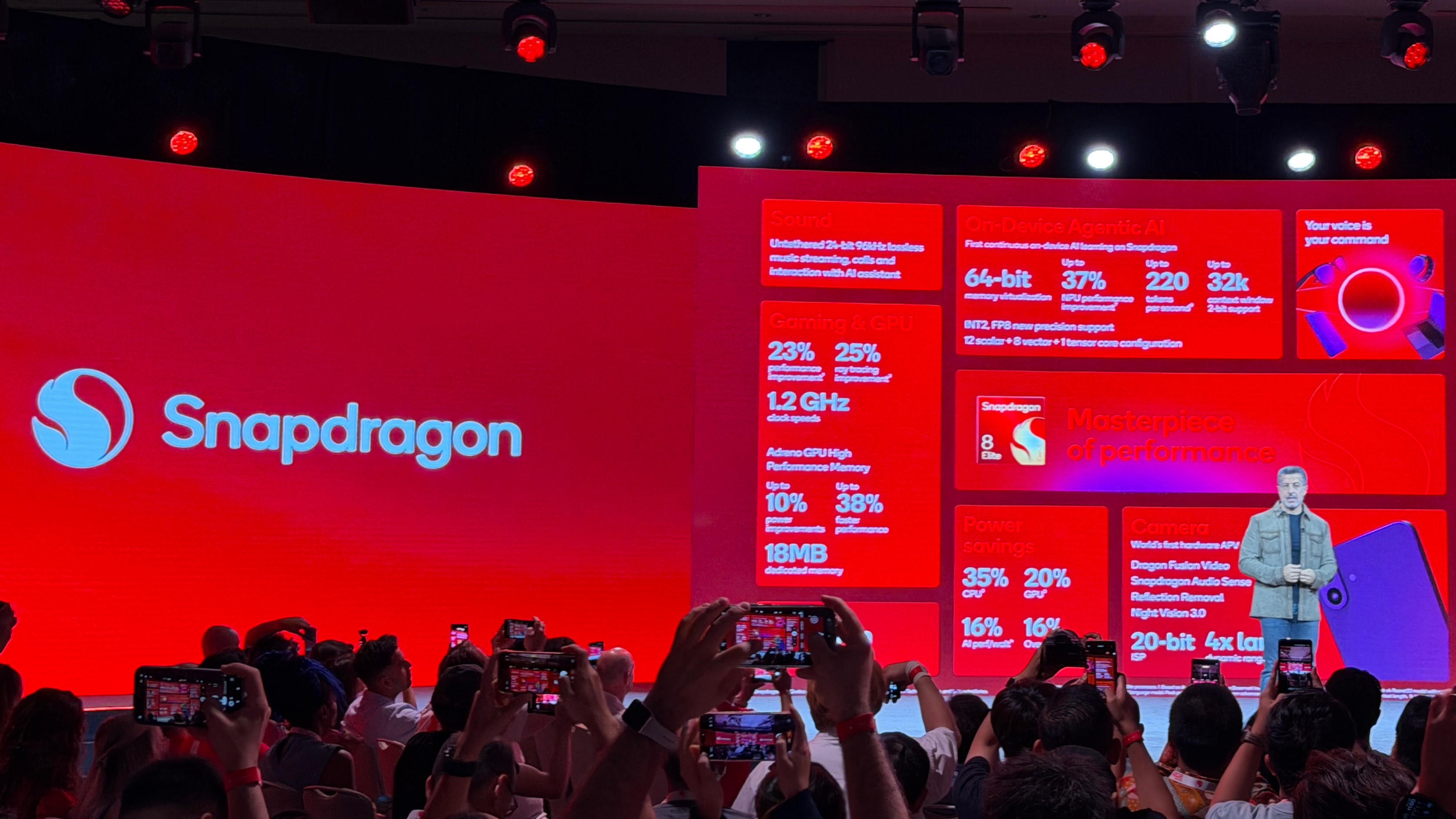
All this data collection will feed a new breed of the so -called Agenic ai
Until now, I have not heard what 6g will give, only what it will take
To create large language models (LLM) as chatgpt, IA developers as OpenAi needed to feed the computer every written word available. They scanned all the books that could find and scraped all the websites and bulletin planks to which it was accessible. This was not enough to create a perfect language system, and AI is constantly trained and updated on new data.
The next generation of AI models will be the Agent, which means that they will be agents capable of taking measures in their name. How is such a model trained? When studying the actions we are already taking. Unfortunately, there is no great training data treasure available, such as All written language. The data must be collected, and in massive amounts, to train agents' models.
Qualcomm chips sets collect these data, but eventually, it will overwhelm the current 5G networks once the flow really begins. The suggestions that we obtained around 6 g of networks occurred when Qualcomm was discussing this data collection to create the next generation agent. Your 6G networks will be robust enough to handle so many data.
With Qualcomm, predicting the first 6G devices in two years, they will spend three or four years before you want to buy a 6G smartphone, and probably five or more years before a phone like the iPhone uses 6G networks.
We need to know what 6g networks will offer
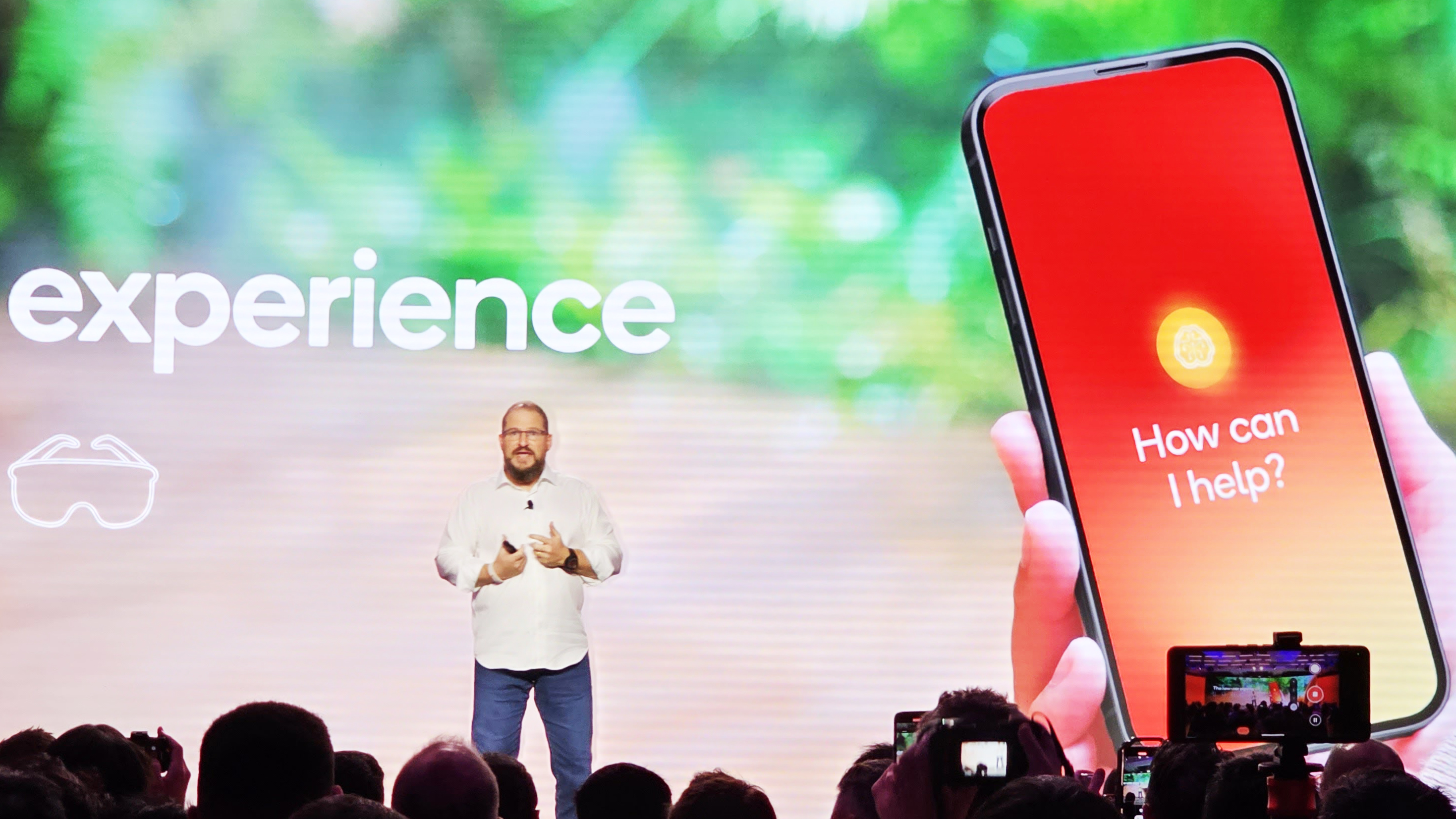
So what gives us 6g? Each previous network generation has given USA
So far, I have not heard what 6g will give, only what will be needed. It will take our data. Will collect our information. It will monitor our lives. Without understanding the benefits, this scares me.
Qualcomm says that AI is the new user interface, and I agree that AI will bring the greatest usability changes from the user graphic interface (GUI). To get there, Qualcomm and AI developers need many training data, and 6G networks will be an integral part of data collection. This path has been inevitable since the dawn of AI; It is not a surprise.
This is the problem with AI, and why AI feels like a forced characteristic to all of us. I am not seeing obvious benefits. It is not clear how AI is improving my life. It is very clear how AI is being used to sell me things as new smartphones and new network gs, and if Qualcomm wants you to be excited about what follows, I need to listen to what the next generation will give us instead of what will be needed.

